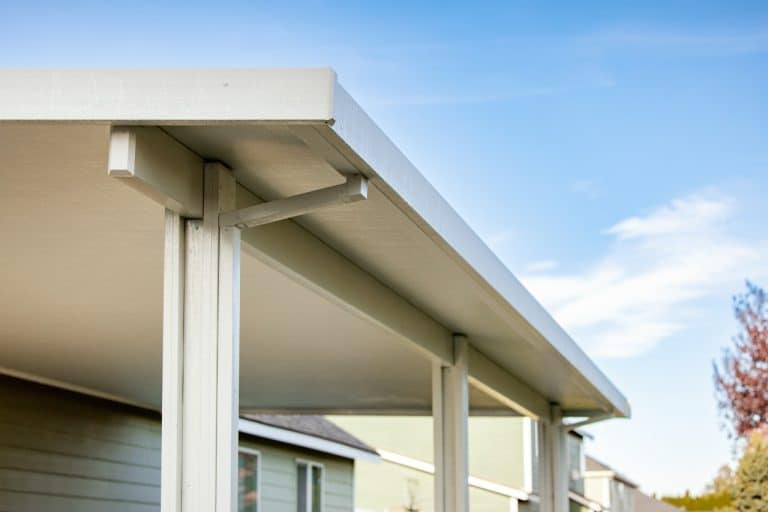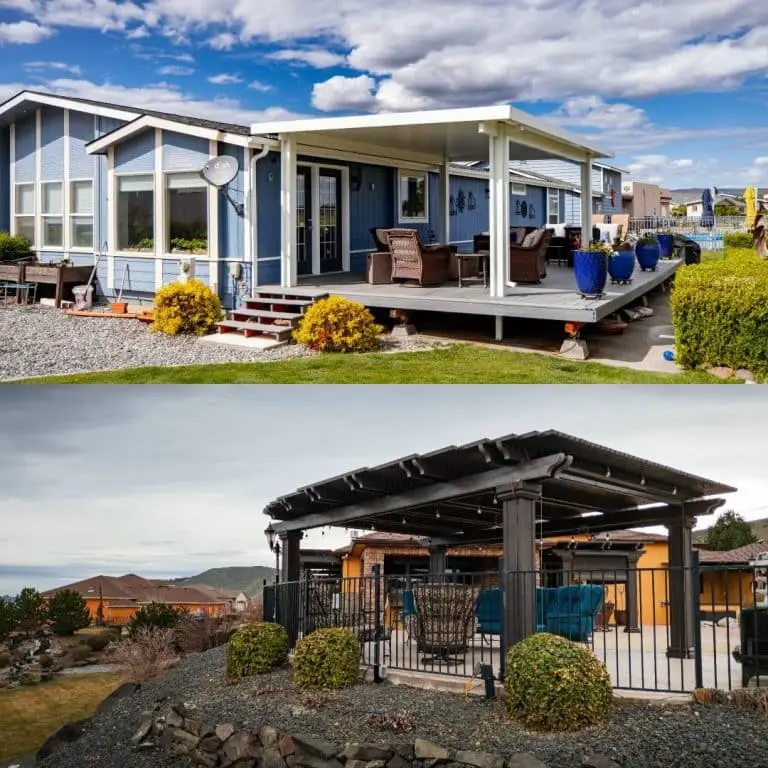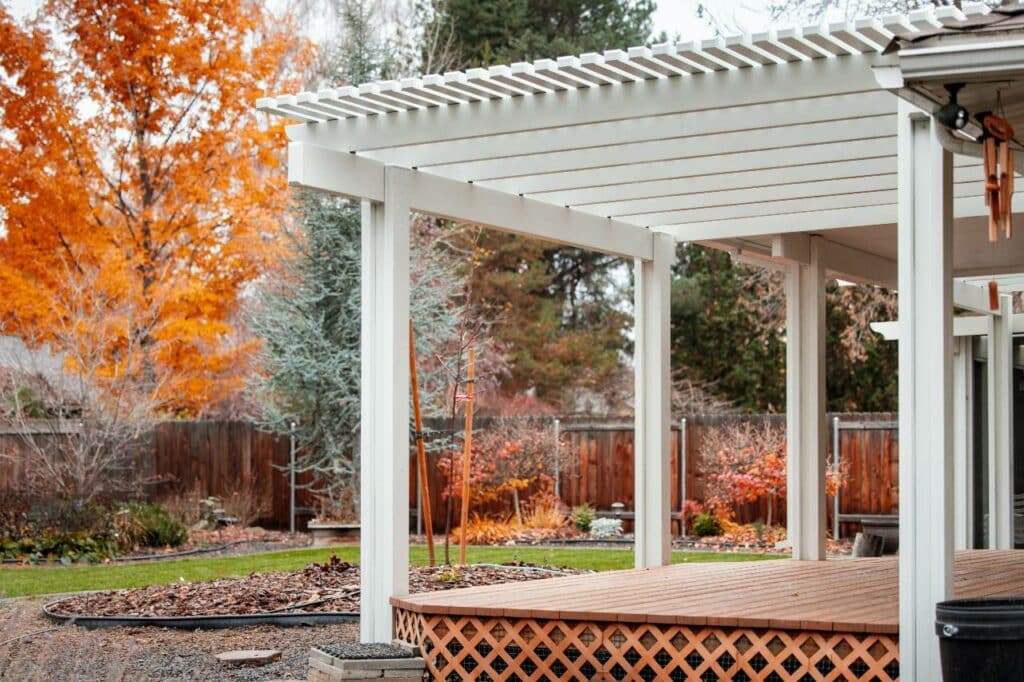Having a pergola in your backyard is a game-changer! Installing a pergola can completely change the look of your outdoor space, provide shade and protection from the elements, and become a featured element in your design aesthetic. When built with high-quality materials, pergolas can even increase the value of your home.
Now that you’ve decided on a pergola, you may be rushing to the nearest home improvement store or calling your local pergola professionals. Take a step back from digging those footings and ensure you have obtained the proper permit for a pergola. Read on if you want to know more about how to secure a permit for a pergola!
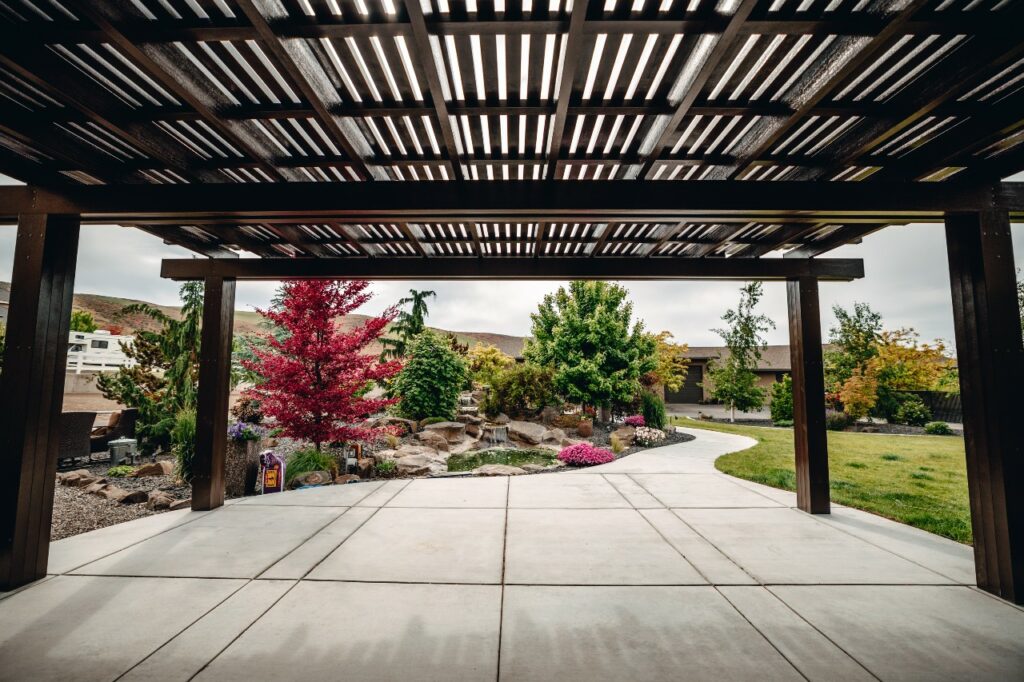
Is a Permit Necessary for a Pergola?
Pergolas are hardscape elements that are usually considered permanent structures. This is due to their immobile nature. When constructing a pergola, you dig footings and erect a structure that can withstand the elements of the climate, such as wind, snow, heavy rains, or hail.
Due to its permanent nature, you will likely need a permit for a pergola build. During the permit process, an engineer looks over the plans to ensure that the construction of the hardscape is safe and stable. You still need a permit even if your unit is on private property. The only way to bypass a permit law is if your township, county, or city doesn’t require you to obtain one before building.
Do not attempt to construct a pergola without finishing the permitting process! Although it can be tempting to begin your project, cutting these corners can come back to haunt you. Your structure might need altering to fit permit safety requirements, causing hours of re-working lest you want your unit to fail. You must ensure that the correct materials and construction techniques are used for your pergola. Also, if you don’t have a license for your pergola, it could come back to bite you when you want to sell your house.
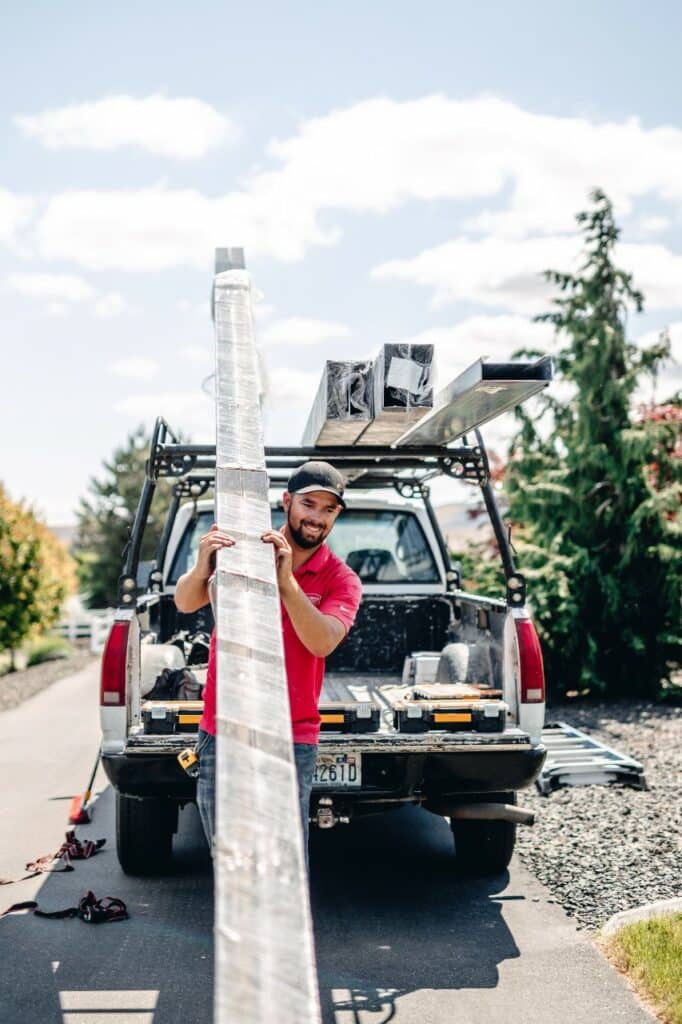
Which Permit Code Do I Follow for Building in my Backyard?
Permit codes can be very confusing and even more complicated with multiple jurisdictions! It can be tough to know which to follow – the state code, county requirements, or city code. If your head is spinning already, don’t worry! A good rule of thumb is to follow the most local requirement.
State-level codes are usually the bare-minimum safety requirements. Most homeowners have to abide by more than state rules and can move on to studying local county permit rules. These can only be more strict and add to the basic state laws. If you live in a city, check those permit requirements. Start with these rules because they can be even more specific than the county rules. If you’re still questioning if you need a permit for a pergola, contact a professional patio cover company that will help you through the legal process.
What are the Benefits of Getting a Permit?
The first benefit to getting the correct permits for your structure is obvious – it makes it legal! This helps you stay above board and ensures you won’t run into any problems in the future. It is simply just the right thing to do.
The second benefit of obtaining a permit is that your designs will be checked over thoroughly by a certified engineer during the permitting process. An expert will sign off on your material selection, construction, and placement which increases the likelihood of a successful build and ensures the longevity of your pergola to withstand the elements and the passage of time.
Third, the permitting process exists to benefit and protect you, the builder. If you construct an unofficially permitted unit and it collapses, you could be stuck with a serious injury on your hands and even a lawsuit. A permit helps protect you and prove that you are a responsible owner.
Different Types of Building Permits for a Pergola
Outdoor structure requirements vary based on location. These are a few regulatory laws, codes, and agencies that could affect your pergola construction.
1. Planning Permits
Planning permits require structures are built within certain boundaries or achieve a certain aesthetic.
2. Zoning Laws
Zoning laws limit the number of structures on a property and their distance from each other and the property lines. You must check if your unit will adhere to these local regulations.
3. Building and Fire Codes
Depending on your state, county, or city, you may need to obtain a building permit. This need could change based on your structure’s size, attachment to a house, proximity to other buildings, and height.
4. Historical District Aesthetic Guidelines
If your house is in a historic district or is listed itself, you may need official approval to add a hardscape in your yard. The community may dictate your unit’s materials, colors, aesthetics, location, and design.
5. Homeowners Association
If your home is a part of a homeowners’ association (HOA), you must check if you need approval for your structure. The HOA can impose restrictions on height, placement regarding other buildings or neighboring homes or views, distance from property lines, and other considerations according to the HOA bylaws.
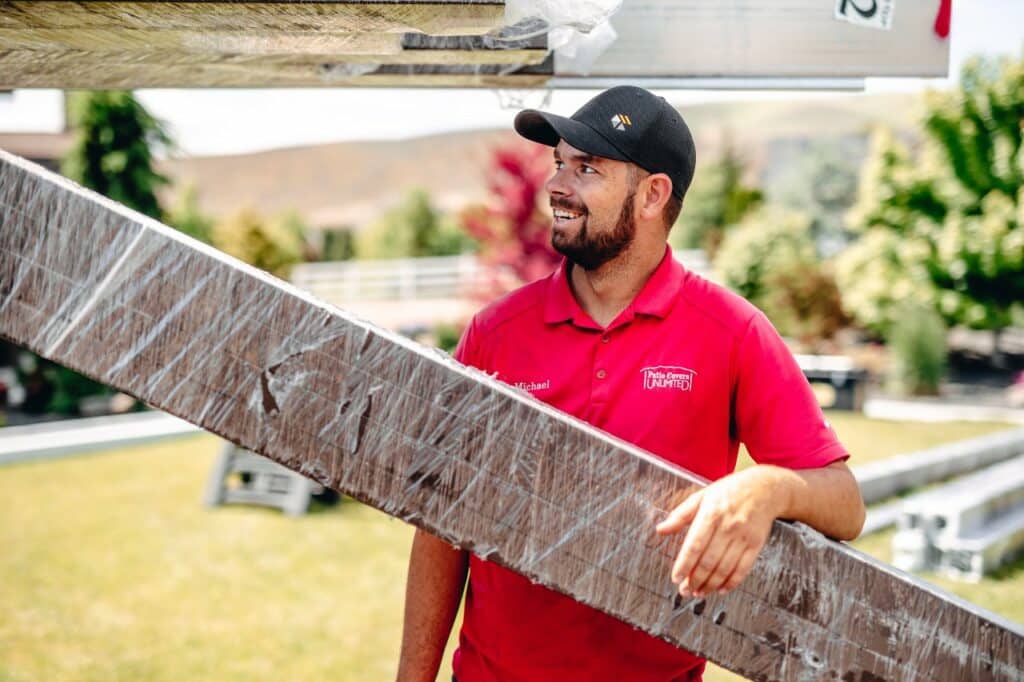
How Patio Covers Unlimited NW Can Help
Navigating so many permits and laws can be tricky, and you may find it hard to deal with everything. Why not call in a professional for help? Patio Covers Unlimited NW is one of the leading Eastern Washington pergola experts – we can help you design the backyard structure of your dreams! We use our years of experience to help you through the building process from start to finish. We will collaborate to design your perfect structure, obtain the correct permits for your area, and build your pergola with quality materials and solid construction. With us, you can take all the stress out of the process of building a pergola! For more information, visit our website to learn about our services, or contact us to start building your pergola today!
